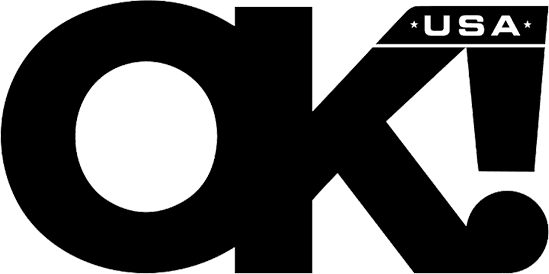 NEWS
NEWSBuzzRx: Is the Cost of Prescription Medication More Than You Can Bear? Do This to Find Relief

Oct. 3 2024, Published 1:01 a.m. ET
Prescription medication can be expensive, with drug prices rising by an average of15.2%, or $590, between 2022 and 2023. This sharp increase can place considerable strain on household finances, particularly for those who have to cover the cost of essential medications out of their own pockets.
According to the CDC, 9.2 million adults in the United States don’t take their medications as prescribed because of cost-related issues. This includes actions such as skipping doses, skipping prescription refills, or taking less than the prescribed amount of medication. Rates of non-compliance were higher among low-income households, those without health insurance, and individuals with disabilities.
Matthew Herfield, Co-Founder and CEO of BuzzRx, a prescription discount website and app service, believes that such drastic measures shouldn’t be a common occurrence. Even when the cost of prescription medication seems unbearable, there are options that can help individuals and families find financial relief.
Use a Prescription Discount Program
Herfield’s first suggestion is to make use of a free prescription discount program. “BuzzRx is available for free to all households, regardless of income level, insurance coverage, or other factors,” he explains. “The card and app are accepted at over 60,000 pharmacies nationwide and can help you get instant savings of up to 80% off the retail price of a wide range of prescription drugs.”
Prescription discount programs such as BuzzRx are used at the pharmacy as an alternative to insurance. According to Herfield, while a prescription discount program is most beneficial for those without insurance, households with insurance coverage can benefit as well.
“Even when you have insurance, your prescriptions might not be covered by your insurer’s formulary, which would require you to pay out of pocket,” he explains. “Also, depending on your prescription’s copay tier, paying the discounted rate out of pocket could be cheaper than the insurance copay. By comparing discounted rates at your local pharmacies through our app or website, you can quickly figure out the most cost-effective option for accessing your prescriptions.”
BuzzRx estimates that, on average, customers who fill one prescription per month are able to save an average of $845 per year. Such savings can be especially important for individuals with chronic conditions such as diabetes, who tend to pay the most out of pocket for their medications.
Switch to Generic Drugs or Lower-Cost Alternatives
Another important recommendation from Herfield is to switch from costly, brand-name drugs to generics or lower priced alternative medications whenever possible.
“Generic drugs are required to have the same active ingredients and the same level of effectiveness as their branded counterparts,” Herfield explains. “However, they can cost as much as 80% to 85% less than brand-name drugs. In addition, we’re typically able to negotiate larger discounts with pharmacies for generic drugs, helping our members save even more.”
With both generic drugs and alternative prescriptions, patients need to discuss their options with their doctor. In some cases, generic alternatives aren’t available due to existing patents for the branded drug. Being proactive about these types of conversations will prompt your doctor to check for lower-cost prescriptions that can ease your financial burden.
Consulting with a doctor is especially important when considering an alternative drug that uses a different set of active ingredients than your current medication. Your doctor will be able to account for potential side effects and how the medication could interact with other prescriptions to determine whether or not an alternative medication would be safe and effective for you.
Want OK! each day? Sign up here!
Look Into Other Assistance Programs
While prescription discount programs are generally available to all households, there are additional prescription assistance programs that can also help reduce the financial burden associated with the current pharmaceutical landscape.
“Medicare, in particular, can help patients find a variety of money-saving programs, including pharmaceutical assistance programs for people enrolled in Medicare Part D, state-based assistance programs, and their Extra Help program,” Herfield says. “These programs can certainly be a big help, but it’s important to remember that their reach can be somewhat limited. For example, to qualify for the Medicare Extra Help program, you need to provide bank statements, tax returns, retirement account balances, and other financial statements to determine if you qualify.”
Such assistance programs are primarily income and asset-based, or they might only be available to patients of a specific drug or those who live in a particular state. While such programs are certainly worth researching, their scope is rather limited compared to free prescription discount programs, which are available to everyone regardless of your financial standing. If your household doesn’t qualify for a government or manufacturer program, be sure to look into a free prescription discount program.
Easing the Burden
As Herfield’s insights reveal, there are a surprising number of programs and solutions that can help significantly lower out-of-pocket expenses for prescription medications, but not all of these solutions are available for every household. By joining a free prescription discount program and looking into other savings strategies, anyone can find relief from high drug prices.
By significantly lowering the amount you pay for your prescriptions, you can save more money for other essential needs and take greater control of your physical, mental, emotional, and financial well-being.


